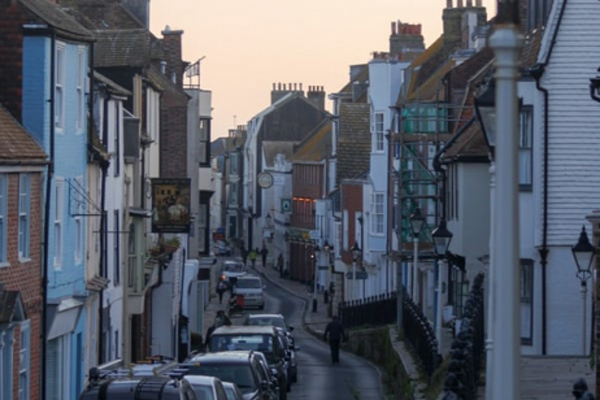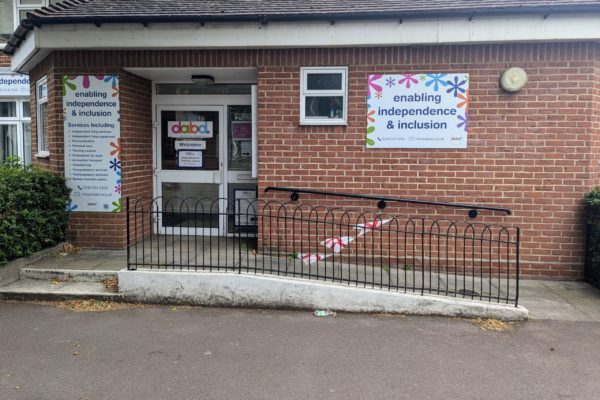Social Investment Business (SIB), the Architectural Heritage Fund (AHF) and Power to Change have developed this high street tracker to monitor granular spending data, the local economic mix and prevalence of social infrastructure on a set of 10 coastal towns in England over the coming year.
The tracker focuses on towns that have received substantial social investment and grant funding from each funder: Birkenhead, Great Yarmouth, Grimsby, Hastings, Hartlepool, Margate, Morecambe, Penzance, Plymouth and Redcar.
The tracker will test whether a greater presence of social infrastructure in a place creates resilience in the local economy. In this context, social infrastructure consists of the spaces, facilities and networks that are crucial to developing and maintaining social connections within a community. This includes community hubs, libraries, local heritage, museums, parks, pubs and cafes, as well as local services and organisations, such as those that work in mental health, skills and training, social care or youth services.
This new tracker builds upon previous analysis of the Covid-19 economic impact on a geographical level, as demonstrated in the Tortoise Corona Shock series. The data covers 789 postcodes taken from 78 high streets across the 10 towns, providing dynamic information every month with a core focus on retail business and local economic activity. The tracker also maps the composition of the high streets in each town – including a breakdown of spending by sector, the density of social infrastructure and its socio-economic profile.
- Page 1 displays total sales and grocery sales (indexed to January 2020) compared against a national benchmark and all coastal towns (England & Wales) benchmark, alongside a town profile and local economy breakdown of sectors impacted by lockdown.
- Page 2 displays year-on-year spending data split into eight different sectors.
N.B – The definition of a high street used in these trackers is very targeted – specifically pulling sales data on postcodes attributed to each high street. Therefore the trackers are not picking up all spending in the town, and could be under representative of certain businesses and sectors that are less concentrated on the particular high streets we have identified (as defined by Ordnance Survey). Particular areas to note where the data is patchy include ‘entertainment’ in Redcar and ‘travel and accommodation’ in Hartlepool.
For more information on data points and methodology please read the technical note.
Map
The map below shows the full list of high streets and investees across the ten towns.




